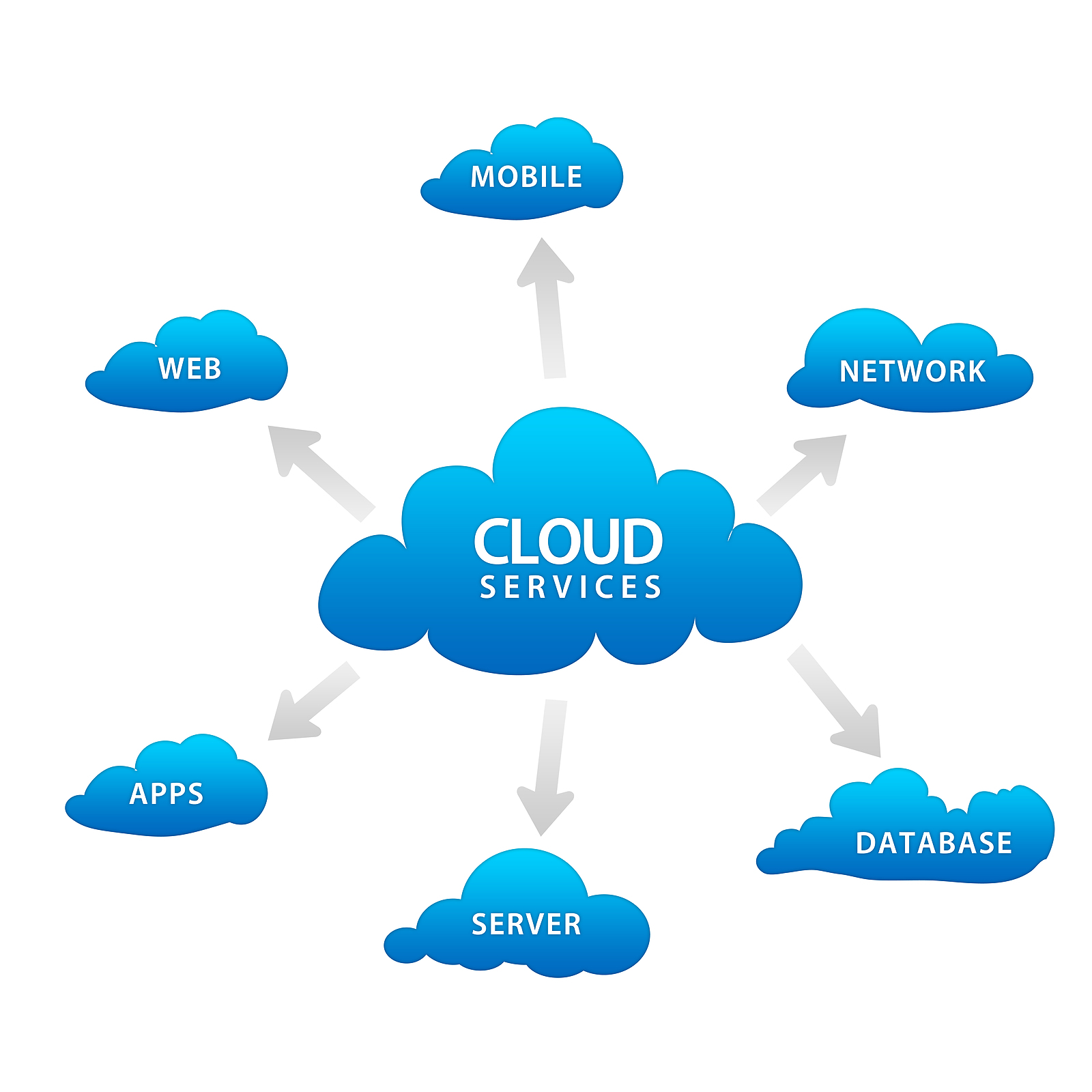Achieve More with LinkDaddy Cloud Services: Enhancing Your Cloud Services Press Release Approach
Achieve More with LinkDaddy Cloud Services: Enhancing Your Cloud Services Press Release Approach
Blog Article
Simplify Your Facilities With Cloud Provider
As services navigate the ever-evolving landscape of technology and information monitoring, the function of cloud services in streamlining framework has ended up being progressively popular. The allure of structured processes, enhanced performance, and boosted source allotment via cloud solutions is indisputable. However, the trip in the direction of a more agile and cost-efficient IT infrastructure entails more than simply migrating to the cloud. It calls for a calculated approach and a deep understanding of the subtleties of cloud fostering. So, exactly how can businesses successfully navigate this shift and truly open the possibility of cloud services for streamlining their infrastructure?
Advantages of Cloud Services
Cloud services provide a streamlined method to handling IT infrastructure, offering companies with cost-efficiency, scalability, and flexibility. One of the vital advantages of cloud solutions is the scalability they offer.
In addition, cloud services get rid of the requirement for businesses to purchase pricey equipment and software application. This cost-efficiency is a considerable benefit, especially for tiny to medium-sized business looking to lessen upfront costs. By utilizing cloud services, businesses can access top quality IT sources without the large cost tag connected with standard infrastructure arrangements.
In addition, cloud services supply businesses with the versatility to access their information and applications from anywhere with an internet connection. This level of accessibility improves cooperation amongst teams, enables remote job, and raises overall efficiency. The adaptability supplied by cloud services empowers services to adjust promptly to changing market conditions and client needs.
Price Cost Savings and Scalability
In enhancement to the operational benefits highlighted previously, the combination of cloud services right into a firm's facilities produces significant expense savings and enhanced scalability. Cloud solutions offer a pay-as-you-go model, allowing businesses to scale resources up or down based on existing requirements, thus preventing the costs connected with keeping excess capacity. This adaptability enables firms to adapt quickly to fluctuating demands without incurring unneeded costs.
Additionally, cloud services eliminate the need for upfront financial investments in hardware and software application, minimizing capital investment. Operating costs are additionally minimized as business no longer need to take care of and preserve physical web servers, bring about lower energy intake and IT staffing prices. Furthermore, cloud solutions offer automatic updates and maintenance, guaranteeing that the infrastructure remains current and safe and secure without calling for manual treatments.
Improved Protection Steps
Executing strict safety actions is critical when integrating cloud services into a firm's framework to guard sensitive data and ensure compliance with sector policies. Cloud solution suppliers use enhanced safety and security features such as information file encryption, firewall defense, and multi-factor verification to alleviate cybersecurity risks. File encryption assists safeguard information both at rest and en route, guaranteeing that only accredited customers can access delicate information. Firewall softwares function as an obstacle in between outside risks and inner networks, surveillance and controlling inbound and outgoing network web traffic. Multi-factor verification adds an extra layer of security by needing individuals to offer multiple types of verification prior to accessing the cloud solutions.
In addition, routine security audits and compliance analyses aid ensure and recognize vulnerabilities adherence to sector criteria. Business can also take advantage of features like computerized security updates and real-time risk monitoring given by cloud service carriers. By prioritizing security steps and remaining positive in attending to possible threats, businesses can with confidence utilize cloud services while shielding their useful data from unapproved access or breaches.
Transitioning to Cloud Framework
To successfully integrate cloud services right into a firm's facilities, a structured strategy that attends to the change in the direction of cloud-based remedies is necessary. Transitioning to shadow framework entails cautious preparation and execution to make certain a smooth migration process - cloud services press release.
When the helpful resources analysis is complete, a migration strategy must be created. This technique must lay out the timeline, sources, and duties for moving each element to the cloud. It is important to connect this strategy plainly to all stakeholders to guarantee positioning and lessen interruptions during the transition.
Throughout the migration process, surveillance and testing are vital to identify and attend to any type of problems quickly. Regular checkpoints should be established to track development and make needed modifications. In addition, training for employees on utilizing cloud services need to be supplied to guarantee an effective change and make best use of the advantages of the brand-new framework.
Best Practices for Cloud Adoption
Successful fostering of cloud solutions rests on the calculated positioning of business objectives with technical capacities and business readiness. To make certain a smooth change to the cloud, companies should begin by conducting a detailed assessment of their present framework and determining which work are best suited for cloud migration. It is crucial to include key stakeholders from different divisions in the decision-making process to obtain buy-in and deal with any kind of worries early.
Another ideal method for cloud adoption is to focus on protection and compliance. Organizations must thoroughly evaluate the security actions supplied by cloud solution suppliers and ensure that their information is safeguarded according to industry standards and governing needs. Carrying out durable information security, access controls, and regular safety audits can aid mitigate dangers related to cloud fostering.

Final Thought

As services browse the ever-evolving landscape of innovation and information management, the function of cloud services in streamlining infrastructure has actually come to be progressively famous - linkdaddy cloud services. Exactly how can organizations effectively navigate this shift and genuinely open the possibility of cloud services for simplifying their infrastructure?
Cloud services use a structured approach to managing IT infrastructure, supplying organizations with versatility, cost-efficiency, and scalability. By making use of cloud solutions, businesses can access top notch IT resources without the significant cost tag linked with traditional infrastructure configurations.
To make certain a smooth change to the cloud, organizations ought to begin by carrying look these up out a thorough analysis of their existing framework and identifying which workloads are best suited for cloud migration.
Report this page